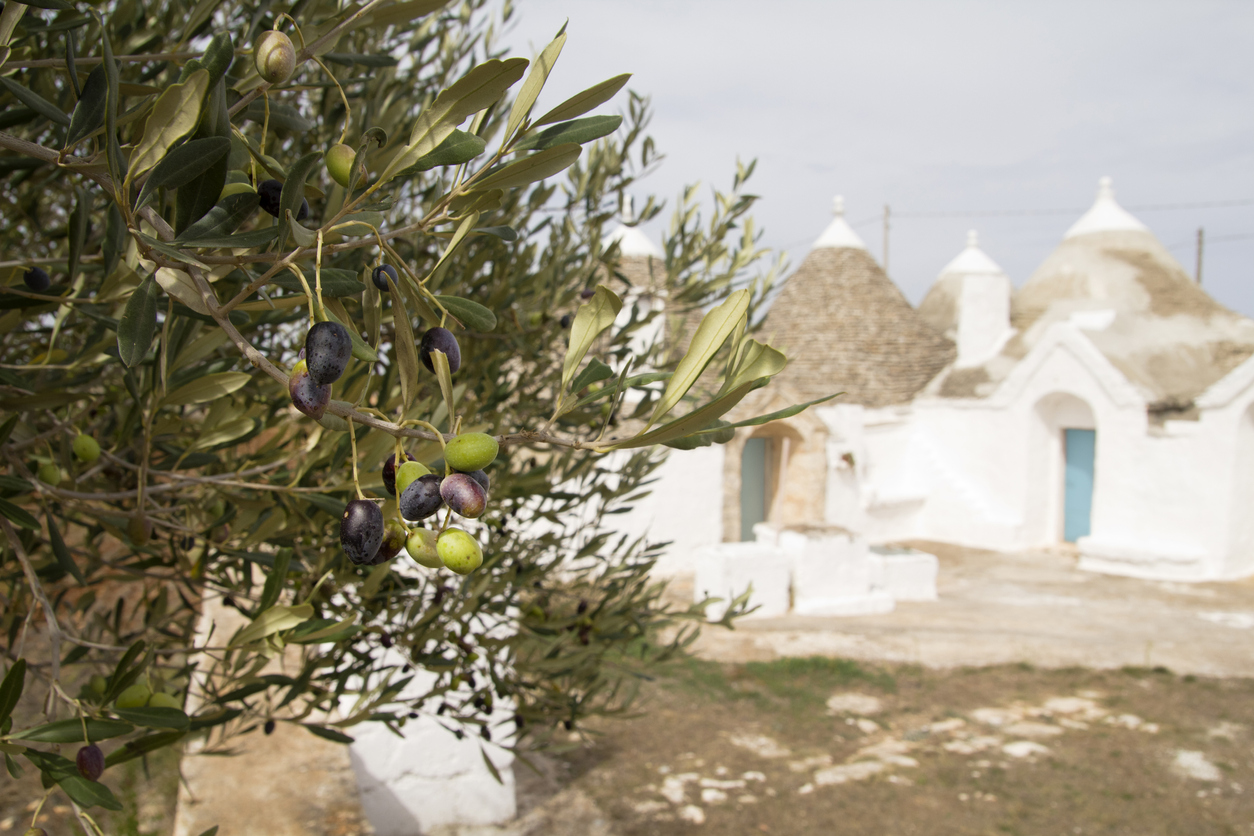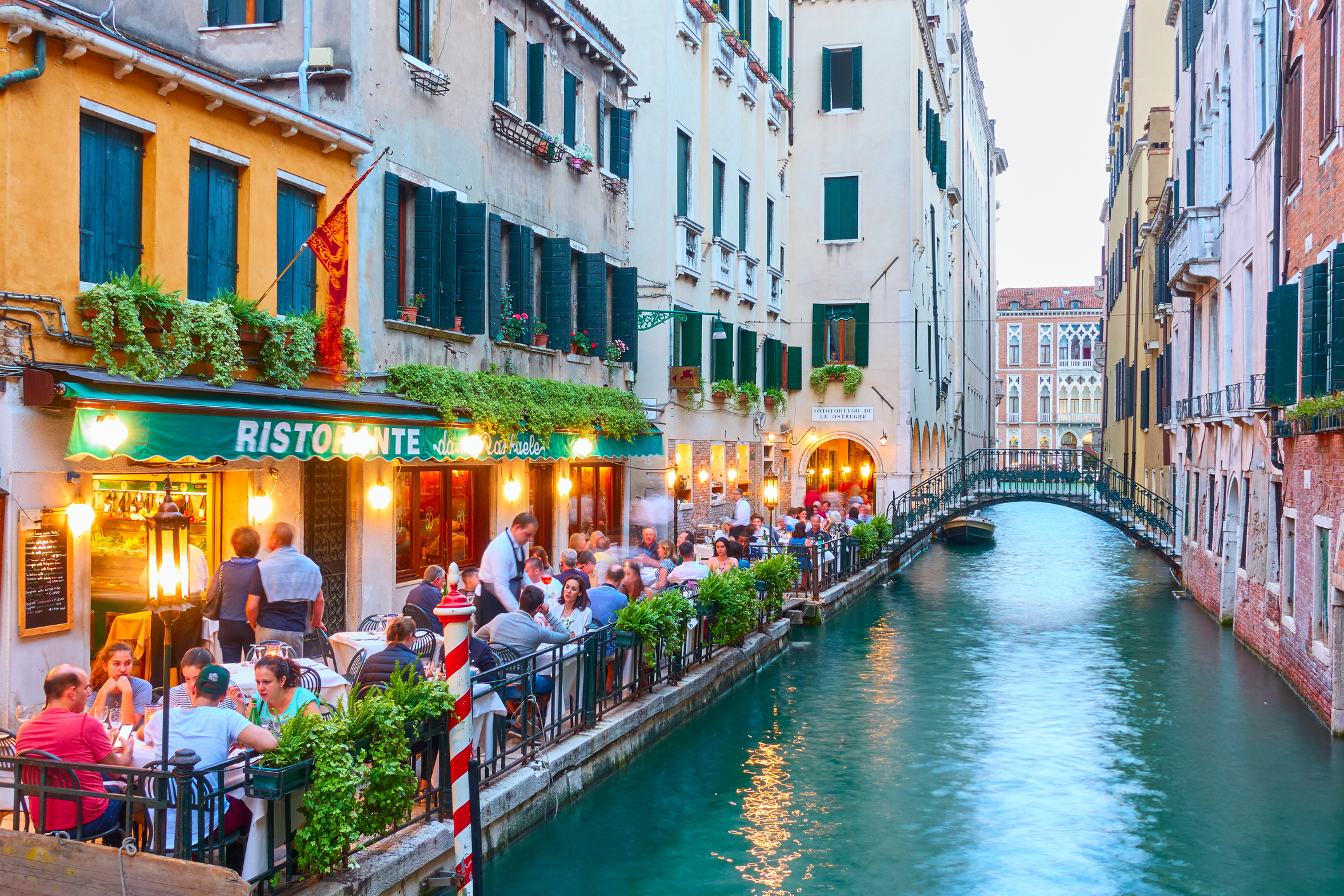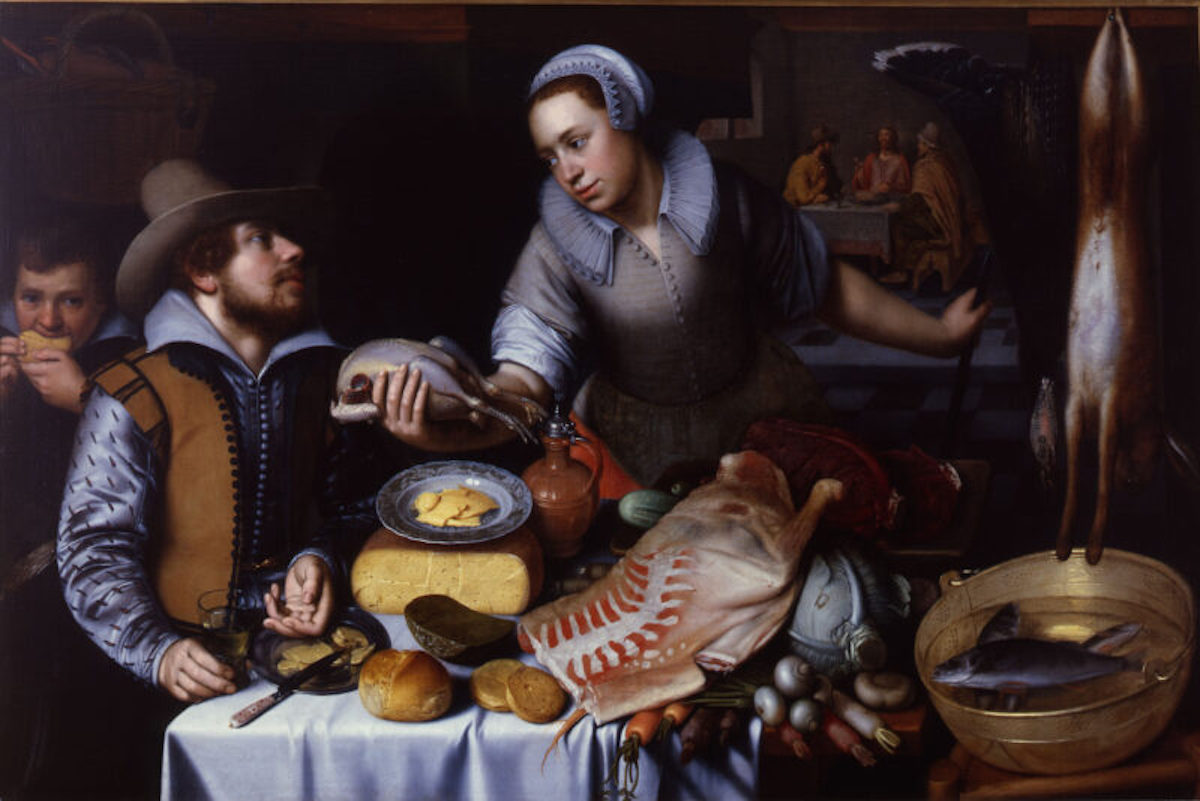Why we eat chocolate eggs at Easter: the history and tradition behind the sweet treat

This Easter in the UK we’ll consume an astonishing 80-90 million chocolate Easter eggs. But why do we eat these at Easter?
A history of Easter eggs
Eating chocolate eggs at Easter is a comparatively new tradition, but the origin of the Easter egg goes back a very long way. In ancient mythology, the egg was the representation of the creation of the world and symbolised life and death to almost every race down the ages.
Easter is the most important feast in the Christian calendar and eggs had great significance for early Christians. The advent of spring after the bleak winter was the herald of new life and eggs were a symbolic representation of the Resurrection of Jesus. In Mesopotamia, Christian children stained eggs red in memory of the blood of Christ. Yellow and green coloured eggs were also popular and were sold in the local markets. In Greece and Syria too, crimson eggs were exchanged as gifts.

It’s likely that the Crusaders brought these traditions back with them on their return to England, in the thirteenth century, The Lenten fast meant that eating eggs was forbidden during Lent (the 40 days before Easter Sunday) and as spring was the peak laying time for hens there was a glut of eggs. This led to the practice of hard boiling and decorating them in bright colours and it became customary to give gifts of coloured hard-boiled eggs on Easter Sunday to family and friends. In 1290 Edward I purchased four hundred and fifty eggs to be given as presents to members of the Royal Household. The eggs were dyed either by boiling in a coloured cloth or with a natural dye like onion skins, for golden-brown, or beetroot juice for red and logwood chips for purple. The royal eggs were then gilded with costly gold leaf.
It became customary at Easter for families to take large containers of hard-boiled eggs to their local church to be blessed. These ‘holy’ eggs were then taken home and placed in the centre of the table, surrounded by large platters of meat. In wealthy homes the best tableware was used to honour the ‘Easter eggs’. Sometimes these eggs were painted or even gilded and formed a colourful display, which would be kept throughout Easter week. Visitors to the house were invited to eat one of the Easter eggs – a welcome treat after the long, strict Lenten fast.
Many superstitions were associated with eggs at Easter; for instance: eggs laid on Good Friday would stay fresh indefinitely; eggs laid on Good Friday and eaten on that day, or on Easter Sunday, were believed to bring good fortune to the consumer.
The seventeenth and eighteenth centuries saw the manufacture of egg shaped toys which were given to children at Easter. In eighteenth century England, people could buy cardboard or papier-mâché eggs covered with silk, lace or velvet, in which they hid small gifts. By the nineteenth century the gifts were gradually ousted by Victorian cardboard and satin eggs filled with chocolates and sweets.
When chocolate-making techniques began to improve, a Bristol company, J.S. Fry (later part of the Cadbury empire) produced the first chocolate Easter eggs in in England in 1873, which were a great (though expensive) novelty and were made of plain dark chocolate filled with sweets. These first hollow chocolate eggs were laborious to produce as the moulds were lined with paste chocolate a layer at a time. Other countries, such as France and Germany had been making chocolate eggs in the early nineteenth century, but as chocolate could not be successfully moulded, these early eggs were of solid chocolate.
Progress in the chocolate Easter egg market was very slow until 1893 when Cadbury created the first modern chocolate Easter egg after developing a chocolate that could be poured into moulds. Made of dark chocolate, the eggs had a smooth surface and were filled with sweets.
Milk chocolate was not available until after 1875, when Swiss chocolatier Daniel Peter created a recipe, using dried milk. Cadbury’s produced the first Dairy Milk chocolate egg in 1905. The innovation of this new type of chocolate was a phenomenal success and sales of Easter eggs increased enormously. The ‘crocodile’ finish was a German invention, which, by breaking up the smooth surface, concealed minor imperfections and is still used today by some manufacturers.

Chocolate Easter eggs remained expensive luxury items and only the well-off could afford to give them as gifts. But that all changed around the 1950s, when there were advances in production and packing that reduced costs and meant that the masses could enjoy chocolate Easter eggs. During the 1950s Easter eggs began to be targeted to children.
The evolution of Easter eggs: fairtrade and vegan

The first decorated chocolate eggs were plain shells decorated with chocolate piping and marzipan or iced flowers but nowadays there’s an enormous variety of decorated Easter eggs. Alongside the mass produced sweet confections there is a rise in the range of sophisticated premium quality eggs aimed at discerning chocolate lovers, such as Fairtrade, ethically sourced and single origin cocoa , raw chocolate (made from unroasted cacao beans dried naturally) dairy free, low sugar, organic and hand painted in vibrant colours and flavours in dark, milk and white chocolate. Adult chocolate lovers also want something more sophisticated than the chocolate of their childhood, which often contained as little as 30% cocoa solids. In contrast, top quality chocolate contains a minimum of 70% cocoa solids.
Chocolatiers are also seeing a surge in demand for more natural products. This is especially true in Europe, which has the largest market for plant-based vegan chocolate. Vegan plain, white and milk chocolate eggs (made using soy, oat, coconut, cashew, rice and almond milks) are much easier to find nowadays and come in a range of delectable flavours, such as salted caramel, cookie dough, praline and sea salt.
The latest innovation is ruby chocolate, created by Belgian chocolatiers Barry Callebaut in 2017, which has a unique flavour and pink colour. The origin of the special ruby cocoa beans remains a secret, but no colouring or flavouring is added to the chocolate.

Ruby chocolate
Ruby chocolate
The good news is that dark chocolate with a high cocoa content (at least 70%) is beneficial for our health. Good quality chocolate provides a quick source of energy and contains useful amounts of minerals like magnesium, potassium, phosphorus, zinc, iron and selenium, plus the stimulants theobromine and a little caffeine. It’s also rich in protective plant compounds with antioxidant properties to defend body cells from damage. Excellent motivation (if we needed any!) to enjoy Easter eggs.








